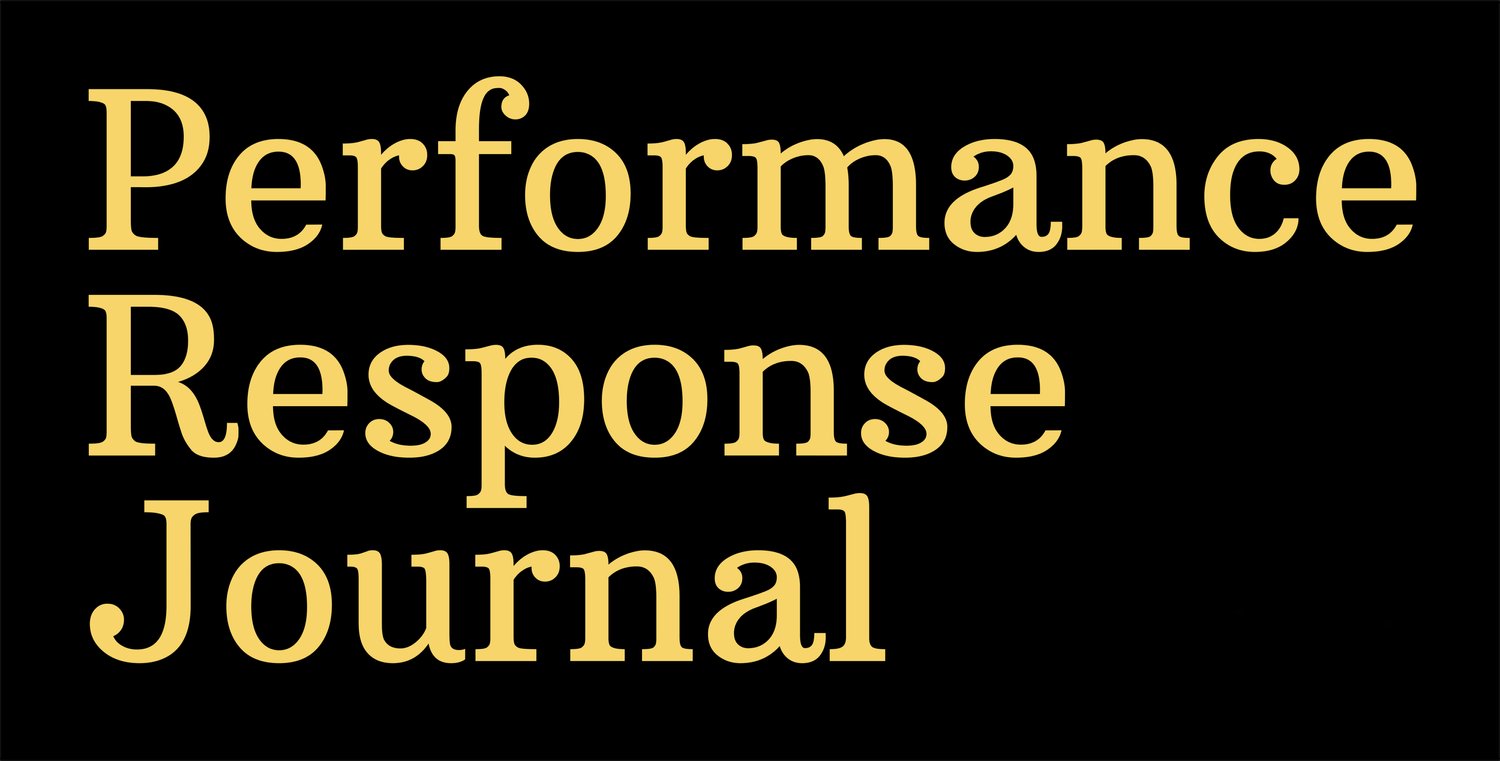The Goddess Speaks: A response by Emma Draves
Ngurah Kertayuda and Pranita Nayar’s
Conversations with Devi
featuring Mandala South Asian Performing Arts Ensemble
January 21, 2017
Auditorium Theatre’s Katten-Landau Studio, Chicago, IL
image: courtesy of Mandala Arts
******************
Pranita (Jain) Nayar of Mandala Arts in collaboration with puppeteer Gusti Njurah Kertayuda presented “Conversations with Devi” at the Auditorium Theatre’s Katten-Landau Studio. The work brought together Bharatanatyam dance theater and Balinese Shadow Puppetry in three tales focused on the power of the goddess. I sat watching this performance from a seat near the center aisle, pink hat in my lap. Presented in downtown Chicago on January 21st, it was impossible not to sense the Chicago Women’s March as evocative landscaping for the evening’s material.
Nayar and Kertayuda made plans to present this program through the Chicago International Puppet Theater Festival many months prior, yet the tales were auspiciously timed. Mahisha Asura Marohani details the story of Mahishasura, a demon who can be killed only by a woman. Fierce warrior-goddess Durga – who rides astride a lion and carries a variety of weapons in each of her ten hands – is manifested to chop of the head of evil Mahishasura. In the second tale, god Vishnu is incarnated as Varaha, a boar to save the earth. This story highlights the centrality of the earth (goddess Bhudevi) to all life as Varaha must first save her before he defeats the demon, Hiranyaksha. The final episode, Bhasma Asura, is a comical tale detailing goddess Mohini’s efforts to entice naughty Bhasmasura to destroy himself- by touching his own head.
In these three narratives, the goddess was presented as both an embodied figure and metaphor for strength, vitality, and intelligence. The stories were taken from Hindu mythology, yet communicated in ways easily understood amongst those less familiar with the pantheon.
The entire work was straightly presented; the only ‘hidden’ element being Kertayuda and his puppets nestled behind a cotton screen. Five dancers sat at stage right until they were utilized, walking with hands at hip to either of the two dance stages – located on each side of the central puppet stage – to perform their items, and returning to sit when they were finished. Small gamelan and carnatic orchestras flanked the production upstage.
The general structure of each story echoed a bharatanatyam varnam: beginning with pure dance, then puppets introduced the characters and story, an expressional dance section overlayed with puppets for the more dramatic climax, and puppet action accompanied by pure dance to finish. While some of the dancers lacked the confident maturity of a seasoned professional, the individuality of interpretation in each of the pieces was nice to see and seemed to reference ancient devadasi tradition rather than the more rigid, over-synchronized productions often seen today. The costuming also supported this, with dancers cleanly dressed in practice saris of varying bright colors, gold jewelry, and ankle bells.
Kertayuda’s ability to craft each narrative through use of several puppets in each story was impressive. And, his use of humor was appreciated as adults and children giggled over Varaha’s take down of demon Hiranyaksha. In the dancing, there was a strong sequence of depictions of Shiva, long balances with one pose flowing smoothly into the next. Artist Kinnari Vora danced a fierce portrayal of Durga hunting the demon Mahishasura. And Ashwaty Chennat’s flowing abhinaya as Mohini was particularly lovely. Narrator Jonah Saesan was quite effective as he delivered each story in common parlance and, to the audience’s delighted laughter, inserted a timely reference to the “strength of 250,000 women” of the Chicago Women’s March just that morning.
Conversations with Devi was an entertaining production with poignant connections to our present day. Watching the weaving of dance and puppetry was nearly as enjoyable as watching the wiggling feet of the engrossed children of the audience, many viewing the show just inches from the dancing and puppets, laid out comfortably on their bellies on large carpets.
Crafting “entertaining” pieces which appeal to the dance theater layperson is common to Nayar’s work. Spending many years as Artistic Director for Kalapriya, Pranita founded Mandala Arts just two years ago to further her efforts to “make traditional art forms contemporary and accessible”. In 2016, she was awarded a Chicago Dancemakers Forum Lab Artist grant to support Unwinding. This prestigious recognition comes with financial support, and twelve months of mentorship and peer support from the outstanding Chicago-based organization. Nayar is researching the physical and aural language of adavus (or basic bharatanatyam dance steps). In the CDF press release Nayar wrote, “Unwinding, the project, describes and reveals the creative tension between the diasporic experience and upholding tradition.”
When I spoke with her recently, Nayar discussed current developments of the work: In December, she traveled to India to record the natural sounds of tools used in agricultural, textile, and industrial work which will be utilized as a soundscore for movement in the final project.
Unwinding will premiere in late 2017.
******************
Emma Draves is a dance artist and educator navigating spaces of identity, narrative, and emotional landscape. Draves’ work draws from her multi-disciplinary training in modern, ballet, bharatanatyam, and Laban Movement Analysis. Holding a MFA from the University of Wisconsin-Milwaukee and GLCMA from Columbia College Chicago, Draves is currently on faculty at Columbia College Chicago and Wright College. For more information, please visit www.EmmaDraves.com.


